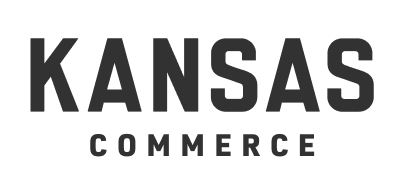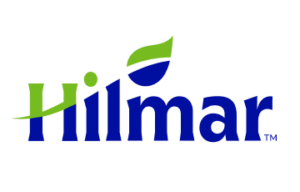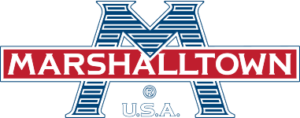Learn More
The goal of this program is to provide matching funding and design support that will enhance sign character and visual appeal for locally owned retail and commercial businesses that is symbolic and unique to the business while maintaining historical character of the building and the commercial district.
Download the program guidelines for more information on program requirements.
Download the Quality Places Signage Guide for more information on what the Kansas Department of Commerce considers a sign and best practices.
Applications open April 1, 2025, until funds are depleted.






